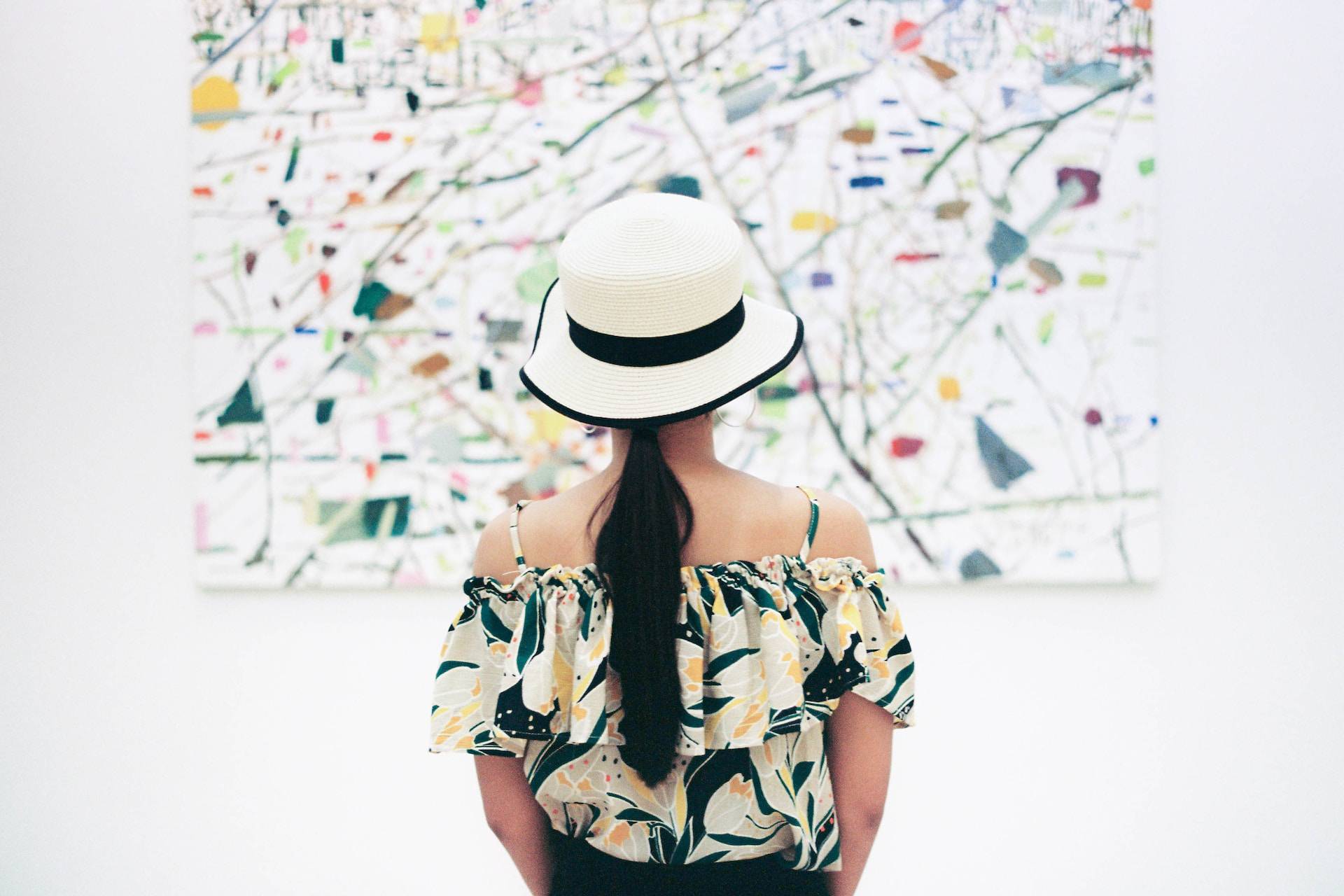Disclosure Sponsored Links: This post contains a paid-for sponsored link, meaning we have received compensation in exchange for including it. Sponsorship does not influence our content, but we believe in transparency regarding paid placements.
Art critique is an intellectual journey that requires a keen eye and a thoughtful mind. As a student, you’re often asked to translate your observations and feelings into words.
Writing about art demands more than just describing what you see; it involves analysing the work and understanding its context. Analytical writing serves as a link between your perceptions and the broader world of art interpretation. For instance, buy discussion board post from a writing service can be a helpful step in understanding the broader social and cultural context of the creation of an art piece, as well as in honing your analytical writing abilities when dealing with historical artworks. After all, analytical writing is a skill that requires practice and guidance.
With this guide, we aim to equip you with valuable recommendations on how to approach your art critiques, ensuring that your writing is not just a reflection of your thoughts but a meaningful contribution to the discourse in the art community.
Table of Contents
Research Art Genres and Styles
The first step in critiquing art is to understand various art genres and styles. This knowledge allows you to place a work of art within a broader context, which is crucial for a deeper analysis. For example, recognising a piece as part of the art movement speaks to its aesthetic and the historical and social conditions of the time. Understanding these genres and styles helps us appreciate why certain techniques were revolutionary or specific themes were predominant in different periods.
Moreover, being familiar with different art movements can also aid in recognising an artist’s influences and how they deviate or conform to the norms of their time. Take, for instance, Picasso’s Blue Period, which marked a significant shift from his earlier work and reflected his psychological state at the time. Such insights are vital in critiquing art as they allow you to appreciate the evolutionary journey of artists and their work.
Understand the Elements of Art
A fundamental aspect of art critique involves understanding art elements and design principles.
- Line: Look at the use of outlines, contours, and implied lines.
- Shape and Form: Notice how shapes create a feeling of depth or flatness.
- Colour: Observe the colour scheme and its impact on the mood of the piece.
- Texture: See how texture contributes to the work’s realism or abstraction.
- Space: Consider the use of positive and negative space.
- Balance: Assess the visual weight and symmetry or asymmetry in the artwork.
- Contrast: Look for contrasts in colour, texture, and form.
- Emphasis: Identify the focal point and how it’s highlighted.
- Rhythm: Look for patterns or repetitions that create a sense of rhythm.
- Unity: Assess how the elements work together to construct a whole.
Understanding these elements and principles allows you to dissect an artwork and appreciate the technical expertise involved. It helps in identifying the artist’s intention and the piece’s overall impact.
Visit Art Museums
Museums play a pivotal role in the art world, acting as custodians of culture and creativity. For art students, they are invaluable resources, offering direct exposure to a wide array of artworks from different eras and styles. Observing art in a museum setting provides a unique experience that goes beyond what can be gained from textbooks or digital images. It allows students to engage with the art in its intended form, noting the nuances of scale, texture, and colour that are often lost in reproductions.
Moreover, museums provide a contextual framework for artworks, showcasing them alongside relevant historical and cultural information. This context is critical in understanding the significance of an artwork, as it reveals the artist’s influences, the prevailing artistic trends of the time, and the socio-political environment in which the work was created. For students learning to critique art, this context helps in constructing a well-rounded analysis, considering not just the visual aspects of the artwork but also its historical and cultural relevance.
Consider Technique and Execution
The technical skill and execution of an artwork are as important as its conceptual foundation. This involves analysing the artist’s mastery of their medium, be it the delicate brushwork in an oil painting or the precision of a sculptural piece. For example, the intricate brushstrokes in Van Gogh’s Starry Night contribute significantly to its overall impact and are a testament to his technique.
Equally important is the originality in execution. Artists like Salvador Dali, known for his surrealistic works, broke conventional boundaries with their innovative techniques. Critiquing such aspects of art requires an eye for detail and an appreciation for the skill and creativity involved in the art-making process.
Include Personal Interpretations
Art is subjective, and individual understanding has an influential role in critique.
- Note your first emotional response to the artwork.
- Reflect on any personal memories or feelings the piece evokes.
- Assess the artwork’s mood and how it affects you.
- Identify any symbols and their possible meanings.
- Acknowledge how different viewers might interpret the piece.
- Consider how your cultural background influences your interpretation.
- Consider the artwork’s impact on you over time.
While there is no right or wrong interpretation, articulating why an artwork affects you in a certain way adds depth to your critique. It’s about connecting the personal with the technical aspects of the art.
Do a Comparative Analysis
Comparative analysis involves examining artworks in relation to each other. This can reveal insights about stylistic evolutions, thematic trends, or the influence of one artist on another. For instance, comparing Monet’s and Renoir’s impressionist works can highlight subtle differences in their approach to light and colour.
This method also encourages a broader understanding of art, as it requires you to think beyond individual pieces and consider the broader art landscape. By engaging in comparative analysis, you develop a more nuanced understanding of art movements and the relationships between different artists and styles.
Final Thoughts
Art critique combines personal insight with academic understanding. It’s a skill that is honed over time with practice, patience, and a deep appreciation for the complexities of art. Consulting the best essay writing services can provide additional support and perspective, especially for students who are still developing their analytical skills. These websites offer practical insights and advice, helping you to refine your critiques.
When critiquing art, remember to engage in a thoughtful conversation with the art, the artist, and the audience. As you continue to write about art, your voice and perspective will evolve, contributing to your overall growth as a student and an art enthusiast.
Author Bio
Nicole Hardy is an essay writer, renowned education and arts journalist, widely recognised for her insightful and comprehensive coverage of performing arts education. With a career spanning over a decade, Hardy has established herself as a leading voice in the field, known for her in-depth analyses and engaging writing style. She holds a Master’s degree in Journalism from the University of Arts, where she specialised in arts and culture reporting.








